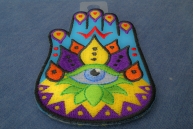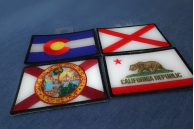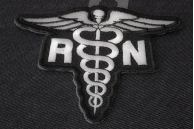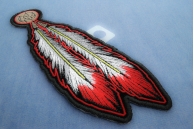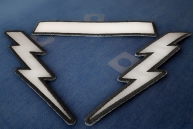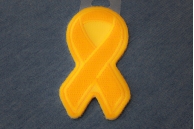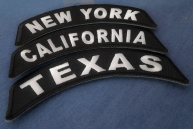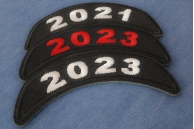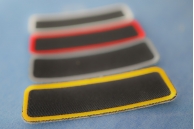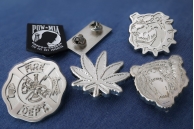
An athlete might choose to fly to Colorado to complete intense training in the mountains, so they can come back and tear it up once their back at sea level. But how will your riding be affected when you put yourself up in those altitudes? The biggest problem with riding a motorcycle at high altitude is altitude sickness. Knowing more about altitude sickness can make your trip to mountains far more enjoyable, so we'll give you some tips to get you on your way.
Altitude Sickness for You
Altitude sickness is real, even if you're not familiar with it (so don't dismiss it as a condition that's just for overly sensitive people.) You're a biker right? You're built to be tough? But anyone can suffer from this malady, and it can be really difficult to cope with if you're not used to it. The air is much thinner the higher you go, and it can make even fit people feel extremely winded on just a single flight of stairs. Headaches, stomachaches, nose bleeds and hyperventilation are all common, and they're definitely not fun to have when you're trying to enjoy the scenery before you on the open road. Exhaustion is also a general symptom, and it can come on quickly if you're not paying attention to your body.
Altitude Sickness for Your Bike
Your bike could also suffer its own form of losing steam A carburetor bike or bike with computerized mapping may have a tougher time because of the lack of oxygen. Experts recommend using a fuel with excellent octane ratings, or using an octane booster. If you do have maps and can select the output settings, you should be choosing the highest levels possible. You should also adjust the level of air in your fuel (if possible.)
Above 8,000 Feet
This is generally when you need to be cautious, and anything above 10,000 feet can be downright dangerous. The best thing you can do is practice as much as possible at the lower altitudes to start getting your body prepared for the deprivation of oxygen. Definitely up the amount of water and limit the alcohol, and remember that you'll be a very cheap date when it comes to drinking at higher elevation levels. Dehydration will take whatever symptoms you have from altitude sickness and multiply it by about 100, so drink about 2 to 3 liters a day (or more) to be on the safe side. Space out the water consumption so the water will actually be of some use to you. Invest in a hydration system that you can carry and start getting used to sipping often, or you can just make stops to get water whenever possible. You should be keeping water by your bed for mid-sleep sips too, so you're ready in the morning for more. If you're especially prone to altitudes sickness, there is a preventive medication that you can ask your doctor about, called Diamox. It makes your urine more alkaline which in turn helps your breathing become more acclimated to the thin mountain air.
Know the Signs
Your body isn't going to perform in the same way you're used to at high altitudes. For example, you won't necessarily know when you're sweating because it can immediately evaporate, so when you're riding in a motorcycle jacket or leathers, you may not realize that there's a problem. You shouldn't necessarily worry about small nosebleeds (as those are normal), but if your urine is dark or smells strong, then this is a sign that you are dehydrated and need to start getting more water in you. Technically this can come from drinks like tea or coffee, but at high altitudes, you may come to regret drinking anything else but pure water. If you start experiencing Nausea, vomiting, dizziness, lack of coordination, shortness of breath at rest or confusion you are experiencing some form of altitude sickness. Please do not attempt to increase your altitude by going higher in the mountains at this time. You will want to tell someone, reduce your elevation by 1,000 feet (300 meters) and seek medical help if necessary. Enjoy the mountains and ride safe!
Check out our biker patches!












